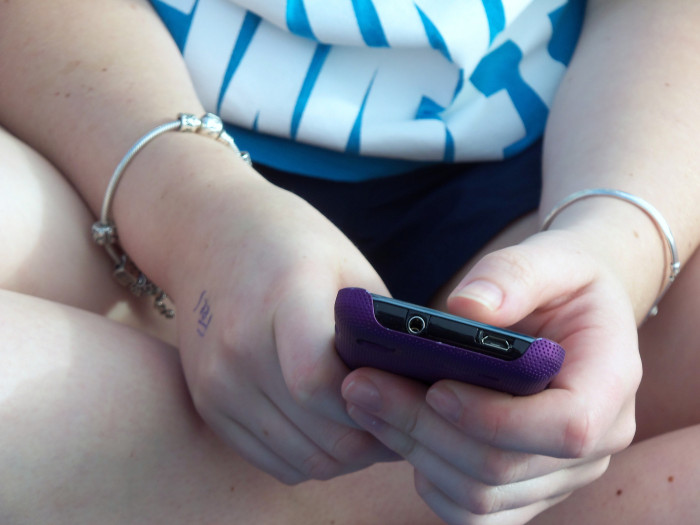About the author: Naomi Broderick is a professional writer who loves being a parent and everything that goes with it. When she’s not having to watch her three children in the front yard she loves to cook and keep updated on the most recent technologies and ways of keeping children safe in the home and the neighborhood.
In our current culture, there are more and more ways that people, especially teens, can connect with one another. We now live in a digital world that is the preferred method of connecting and communicating with others. While today’s teenagers may seem that they are growing up more and more quickly, and seem more digitally savvy than their parents, they are still young. They lack the maturity and life skills to get themselves out of trouble in these new social settings. Helping them to prevent dangerous social interactions in the first place is the ideal thing to do. Here are some tips to help your teen be safe on social media.
Use Privacy Settings
Not only are there worries about having to having to keep your family safe in the real world, but in our current culture there are now worries about having to protect your family and teens online. One of the best ways to do this is to have your teen use the privacy settings on social media sites. Keep your teen’s profile private so that only family and people you know and trust can see photos, important dates such as birthdays, and other information. It would be best if they didn’t put any personal contact information such as phone numbers, home addresses, or other information on their social media sites. Also, make sure that your teen has a strong password that cannot be guessed easily and that they change it fairly regularly (approximately every 3-4 months). Making sure that your teen does not accept any friend requests of people that they do not know will help give you piece of mind knowing that strangers are not able to access your teen’s profile.
Have Open Discussions with Your Teen
There is one thing that any parent has to accept: teens are going to experiment and try new things. But, if you want your teen to be open an honest with you about what they are doing, you need to have an open dialogue with them. Parents need to be ready to actively listen and talk with their teen about what is going on in their life if they want the teen to come to them more often for help and guidance. Help them get over the situation but make sure that they learn from their mistake.
No Compromising Photos or Videos
Help your teen be smart about what they post online. Everything that they post on social media sites can be shared with the entire world and could hurt their integrity. If teens that are underage post sexy or nude photos of themselves not only they could get in trouble but parents as well. The parents are responsible for the original sender and could face jail time and be required to register as a sex offender. Teens could also be asked to leave sports teams, humiliated, or lose future educational opportunities. Talk to your teen about being smart and using good judgment about taking and posting photos, and that they know the serious consequences of what can happen for both them and you if the pictures are inappropriate.



